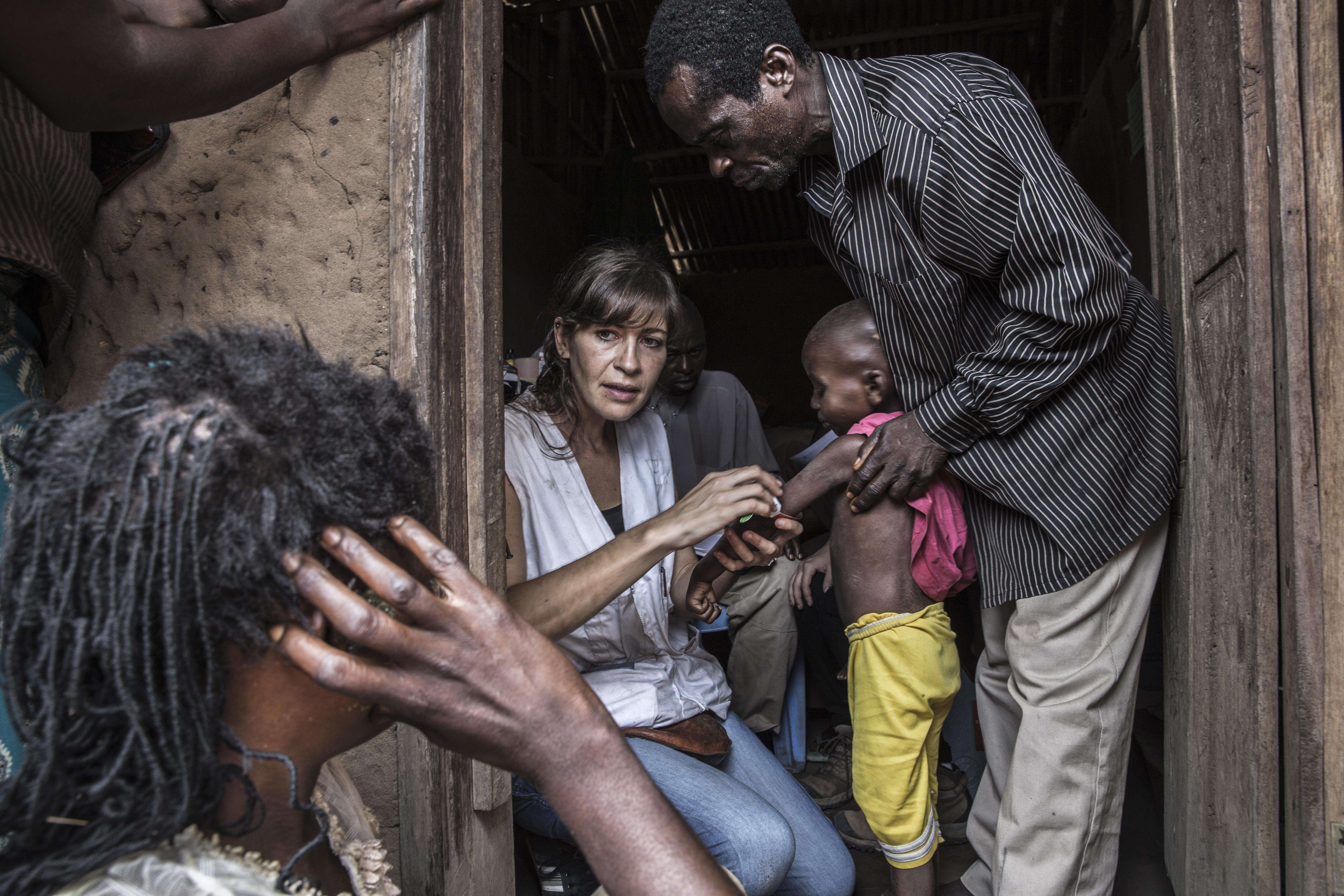For over a year the Greater Kasai region of Democratic Republic of Congo (DRC) has been wracked by waves of violence sparked by the killing of a local chief by Congolese armed forces in August 2016. Made up of some of DRC’s poorest provinces, the region has gone from being a bastion of relative peace to one of the most serious humanitarian crises in the world. More than 5,000 people have died as a result of the fighting, and over a million more have been displaced from their homes, according to the United Nations Office for the Coordination of Humanitarian Affairs. Here, Doctors Without Borders/Médecins Sans Frontières (MSF) nurse María Blanco describes the situation and MSF’s humanitarian response.
“In the Kasai province of DRC, MSF sends teams on four wheels to rural areas to reach the most remote and inaccessible communities. I’m team leader of this mobile response. Our goal is to get the health system in these areas back up and running after it was destroyed in the violence of the past year.
Teams travel for days at a time to reach remote villages. They have to carry everything they might need in these inhospitable forested areas—they might have to cross rivers and broken bridges and navigate dirt roads full of potholes. They have to be able to saw through tree trunks or remake a dirt road in order to get on their way.
Mobile teams traveling to villages across Kasai province to treat people in need of medical care- many health centers affected by violence pic.twitter.com/g44mjcUmGM
— Doctors w/o Borders (@MSF_USA) November 6, 2017
Each team carries a ‘magic box’ containing enough food and tools to survive for up to a week, including everything necessary in case they have to sleep outdoors. They also carry basic medical kits for treating malaria, child malnutrition, skin infections, and diarrhea—all of which are very common—so as to be able to provide consultations for communities who may not have received decent medical treatment for a very long time.
We aim to make local health centers functional again, but many have been looted or even completely destroyed. Those still standing need supplies of medicines, medical equipment, and, in some cases, chairs and tables. But most important of all is that the vehicles are in a good condition, with tanks fully filled with 160 liters [about 42 gallons] of fuel.
Each team usually takes two vehicles, both for safety reasons and for space. One vehicle is mostly filled with supplies, the other with passengers. The MSF logo has to be very visible, both on the vehicle and on the passengers’ clothes. Once on the road, the team leader needs to stay in regular contact with the base.”




